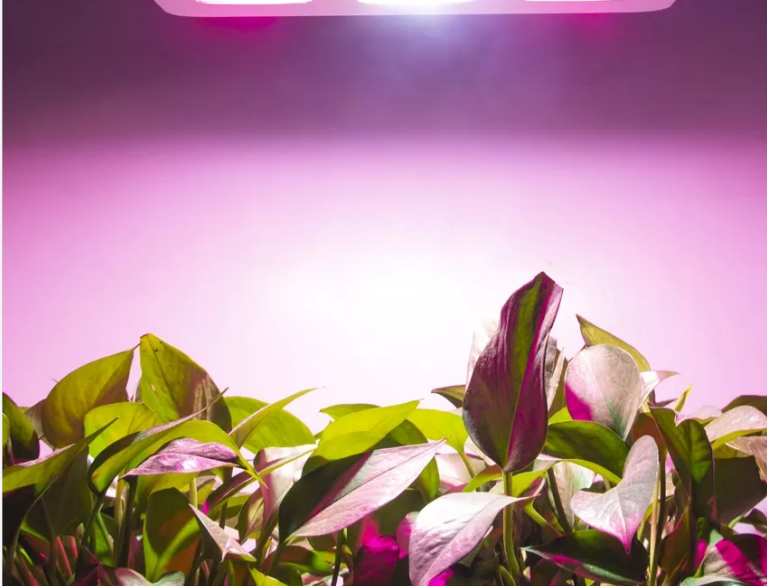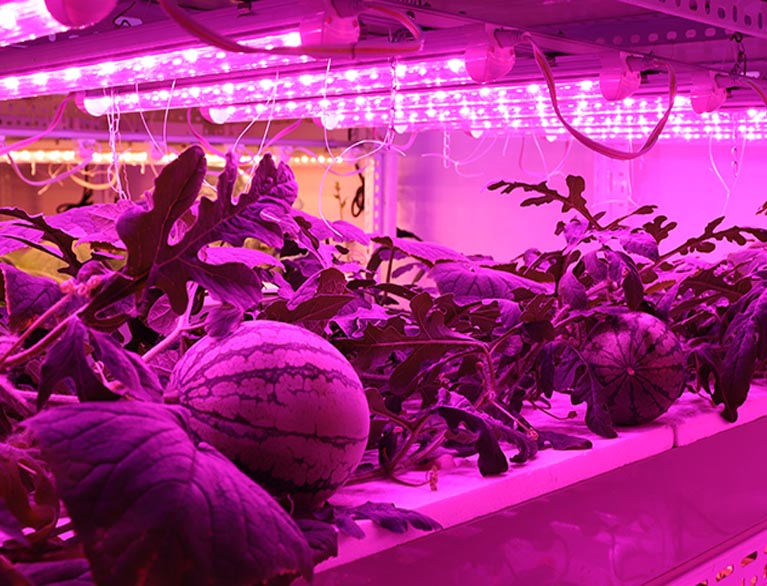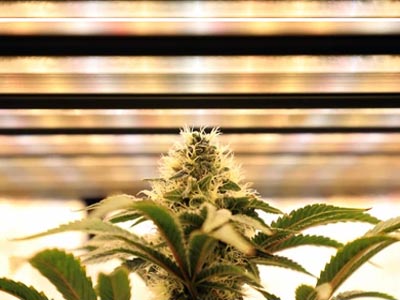LED Grow Lights With Best Spectrum & Solution For High Yield of Crops!
18 May
What are the best LED grow lights?
What are the best LED grow lights?
Ask five seasoned LED growers about the best LED grow lights and you'll probably get five different answers. That said, there are a few things to consider when comparing LED grow lights, and it will require digging into the product specs.
Light intensity
Consider the photosynthetic photon flux (PPF) for each product you look at. The PPF reading will tell you the total PAR light output of the lamp each second measured in micromoles. The PPF reading is a measure of how powerful the light is. In general, for a 4-by-4-foot growing area, you're looking for a PPF reading of about 1,000 to 1,500 micromoles per second (μmol/s).
Coverage area
It's all fine and good to have a high PPF value, but we need to take this one step further by thinking about how the light actually hits plants and is distributed across the canopy. Manufacturers should provide a recommended footprint for their products, which is how big a growing space they say their light will cover.
Photon efficacy
This is a measure of efficiency for the fixture. It shows how efficient the lamp is at taking wattage from your outlet and turning it into PAR light your plant can use. Obviously, the more efficient the better.
Quality of parts
Of course, you want a product that has quality parts. Perhaps of most importance is the brand of the chips or diodes used in the light. While there are many companies making good quality components for LED grow lights, some of the better-known manufacturers include Cree, Samsung, Osram, and Mean Well.
Warranty
While LED fixtures are easy to use and maintain, make sure any product you consider offers a decent warranty and comes from a reputable company.






